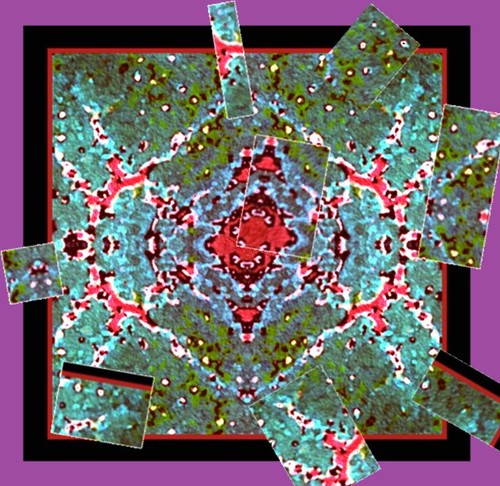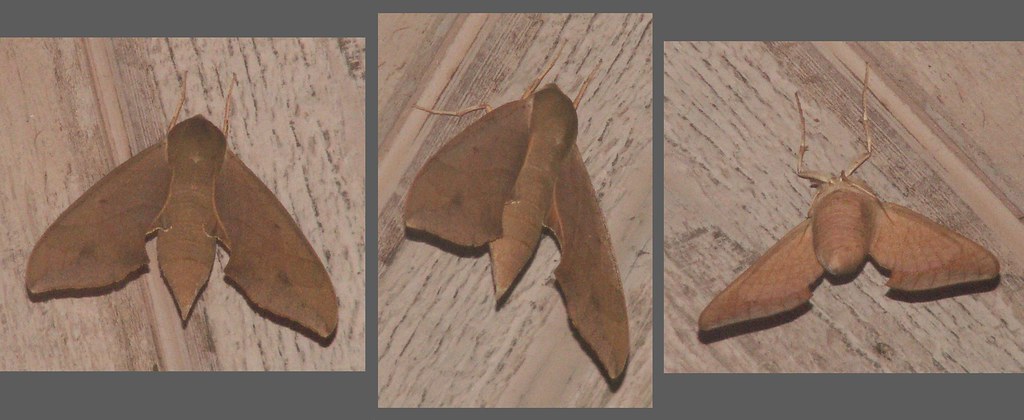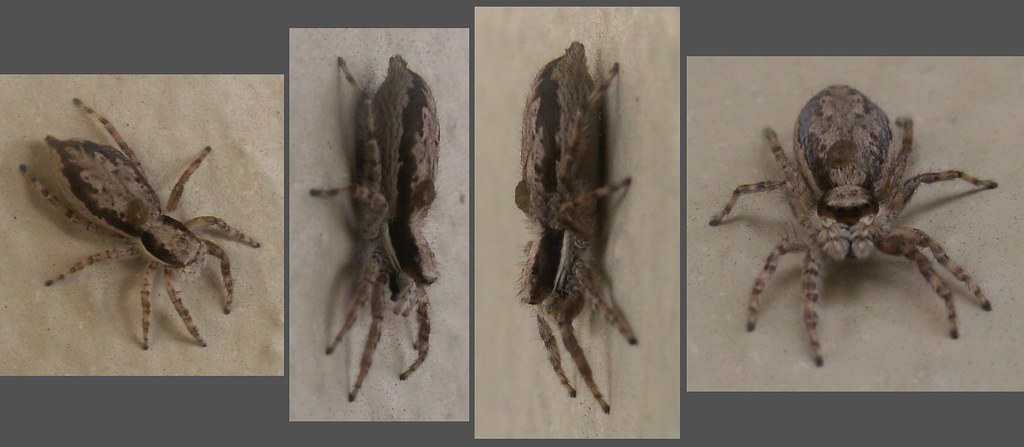Ten Days, 10,714 Words

"We are always confused in this business. It's part of our training."
That line was uttered by Jan DeVeia, a character in my short story, "The Evolution of Commander DeVeia" (published in the Fall 1982 Yellow Silk: Journal of Erotic Arts under my then-married name). I know how she feels. I am caught in a time warp that skips forward and backwards, learning to surf a wave of non-linearity while keeping my balance....
On July 30 I committed to adding daily to Book #4 and beyond. So far I've kept to that commitment, writing scenes regardless of where they fall within the story line. In one case I have written the intro for Book #5 after its title character prodded me in the head for days.
I couldn't refuse him. He has enough problems. But in #4 he is still a toddler, happy and innocent and completely unaware of what his future holds. (I have 6 books planned at this point, with the first 3 already written and seeking a publisher.)
Instead of having one neat file with its scenes lined up in an orderly row I have scattershot. But the more I write, the better focus I get on the story lines that take precedence. I can better shape the overall picture of what is essentially an ensemble piece. I know better what to trim, what to expand, how to fit the pieces together eventually. So far the pieces have come to 10,714 words of draft, written over ten consecutive days coming into today.
This non-linear approach gives me tremendous degrees of freedom. No matter what I write, I will write something. It may not make it into my revised draft but even if it doesn't, chances are it will inform other pieces. The different books inform each other as a whole, backwards and forwards, giving me a macro view. In the micro view the characters take control, often wresting scenes from me and showing me a better way to construct them. I'm getting to know the children much better now. In Books #5 and #6 they will carry on the saga about 15 years after the time of #4.
I make a list of scene ideas as they come to me, then pick one (or something outside the list). What doesn't survive revision will likely be cannibalized for world-building. Or, like sentence-tightening, the elements of two or more scenes can be combined and streamlined. This is a much different type of writing than anything I've done before, but it seems to be working.
The "puzzle" up top represents numerous manipulations of a small part of Mary's mouth. She'd had me take photographs of her teeth as part of her home dental care.
I've also begun putting together the Florida State Poets Association's annual anthology. This is the fourth year I'm producing it and my second year as editor. In addition I'm now also editing the Palette, the Art Center of Citrus County's (formerly the Citrus County Art League) monthly newsletter.
Mary and I have been taking our walks in the evening in what here passes for cool. Even in the heat of day, when I'm hoofing it through town for errands, I get by pretty well wearing my hat and sunglasses and carrying water bottle and face cloth. And camera. Lately I've made the acquaintance of two previously unencountered species.

Virginia Creeper Sphinx, also called a Hog Sphinx, Darapsa myron, Family Sphingidae. On August 5 this one hung from the ceiling of the strip mall across the street from the post office, around 10:40 pm. In all other cases I've seen moths positioned fairly flat against a surface, but this one seemed to be holding on just with its forelegs. More detail is in the large view (click the magnifying glass for this and the next).
According to Bugguide.Net, these range throughout eastern and central North America: Nova Scotia to Florida, west to Texas and New Mexico, north to Manitoba. They frequent woodlands and edges near host plants. Adults are nocturnal, attracted to light, and feed on nectar. They fly from April to September, while larvae are present from April to November. The larvae feed on leaves of peppervine (Ampelopsis spp.), Viburnum, grape, and Virginia Creeper (Parthenocissus quinquefolia). One or two generations per year occur in the north, two or more generations in the south.
This is also called a Grapevine Sphinx. According to Bill Oehlke, "Females lay translucent yellow-green eggs in twos or threes on the underside of host leaves. Eggs hatch in five or six days, and the young caterpillars eat their eggshells. The developing larvae usually become visible after three to four days."
I sometimes have trouble identifying moths, even mis-guessing the Family, but I did pretty well narrowing this one down to two potential species. The Virginia Creeper Sphinx looks similar to the Azalea Sphinx. Both also have broad variety in their coloration. Thanks to Jacques Doucet at Bugguide for the ID. This is the fourth species of Sphinx moth I've encountered, joining the Tersa, Mournful, and Pawpaw.

Gray Wall Spider, Menemerus bivittatus, Family Salticidae (Jumping Spiders).
This little one (a female, from her coloration) was hanging out at the strip mall on the afternoon of August 7. More detail is in the large view.
According to the University of Florida, this is one of two jumping spider species imported by humans from the tropical Old World. (The pantropical jumper, Plexippus paykulli, is the other.) "Both are almost exclusively associated with man-made structures, usually buildings where they may be numerous around lights at night, catching the insects attracted to the lights," says UF. "Both are medium-large jumping spiders, about 8 to 12 mm in length. Adults and immatures of both species are present all year, although most mating and reproduction begin in the fall and continue until spring. Both are found from Florida to Texas and south to Paraguay. Menemerus bivittatus also occurs in California, and both species are widely distributed in the Old World tropics. The occurrence of dense populations of these two species around human habitations makes them of considerable beneficial importance in the control of flies, mosquitoes, and other human pests."
Professor Wayne Maddison (University of British Columbia) explains that the excellent vision of jumping spiders "allows them to hunt much as do cats, spotting prey from long distances, creeping up then pouncing using their jumping ability. Although a jumping spider can jump more than fifty times its body length, none of its legs has enlarged muscles. The power for jumping probably comes from a quick contraction of muscles in the front part of the body increasing the blood pressure, which causes the legs to extend rapidly much as in the toy frogs that hop when you squeeze a bulb."
Maddison continues, "The brain of a jumping spider includes a comparatively large region for visual processing. In fact, the brain of a small jumping spider may take up about the same volume in proportion to its body as does ours."
The Gray Wall Spider is my third jumper, joining Hentzia mitrata (no common name) and the Twinflagged Jumping Spider.
The take-home assignment for my free-writing group this week is "Creepy House." No problem. :)











2 Comments:
I discovered Yellow Silk just as it was near folding I think. They don't put it out anymore, right?
I admire your writer's dedication.
I knew about the "swallowtails" but what do you think the lime green butterfly could have been? It was smaller than a swallowtail, about the size of those light perriwinkle blue ones.
I like the illustration you created to go with your creative process in the present book.
And, as ever, your fascinating walks to the Post Office... :)
Post a Comment
<< Home